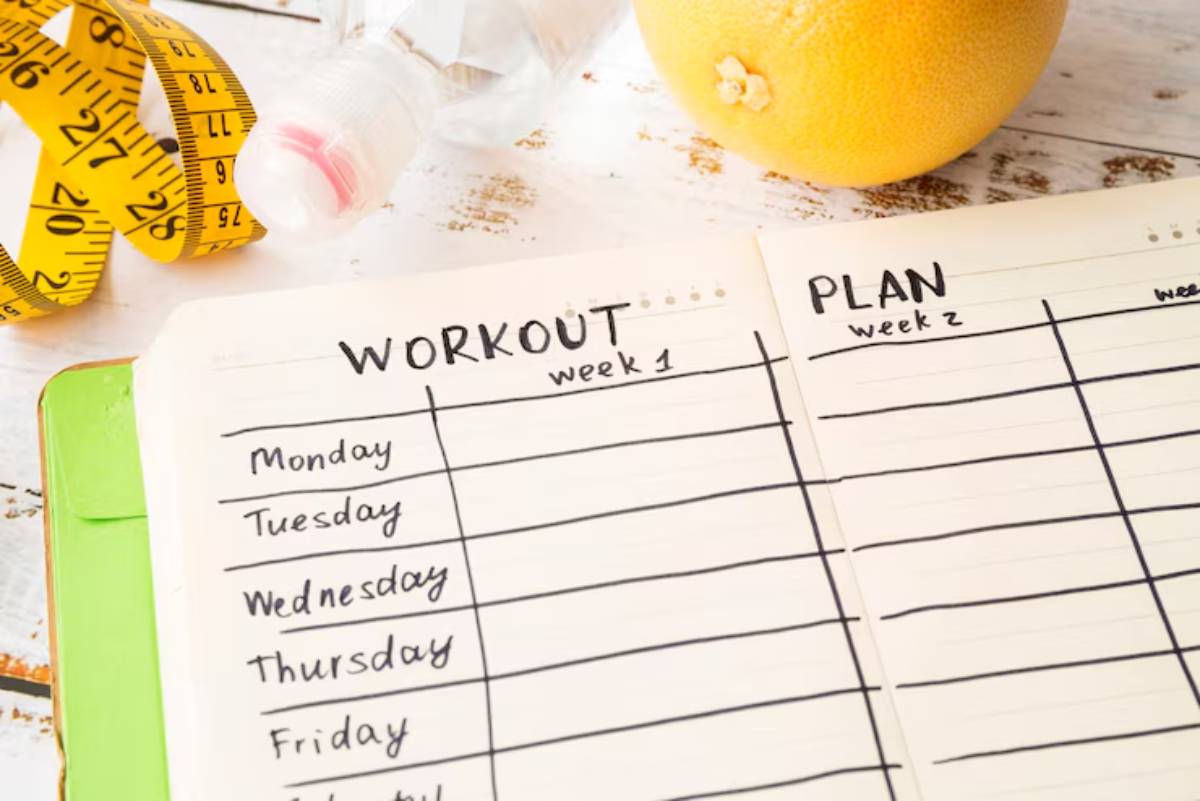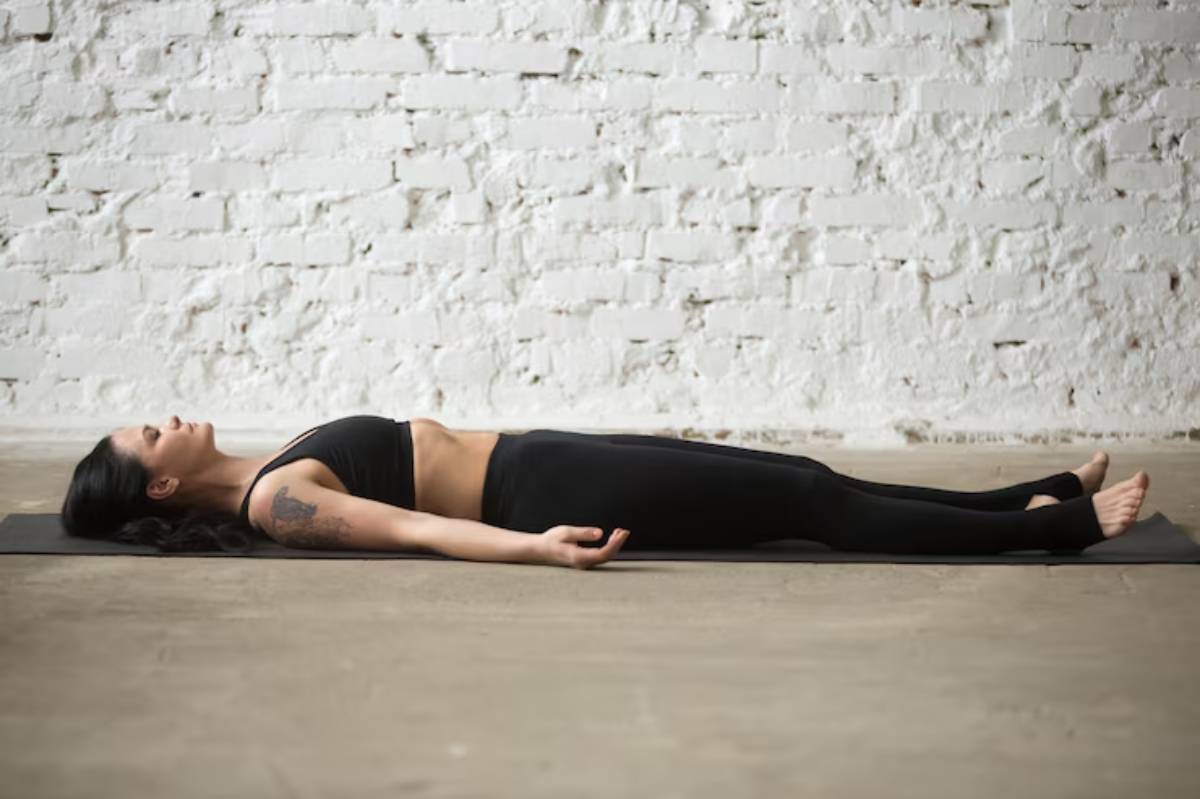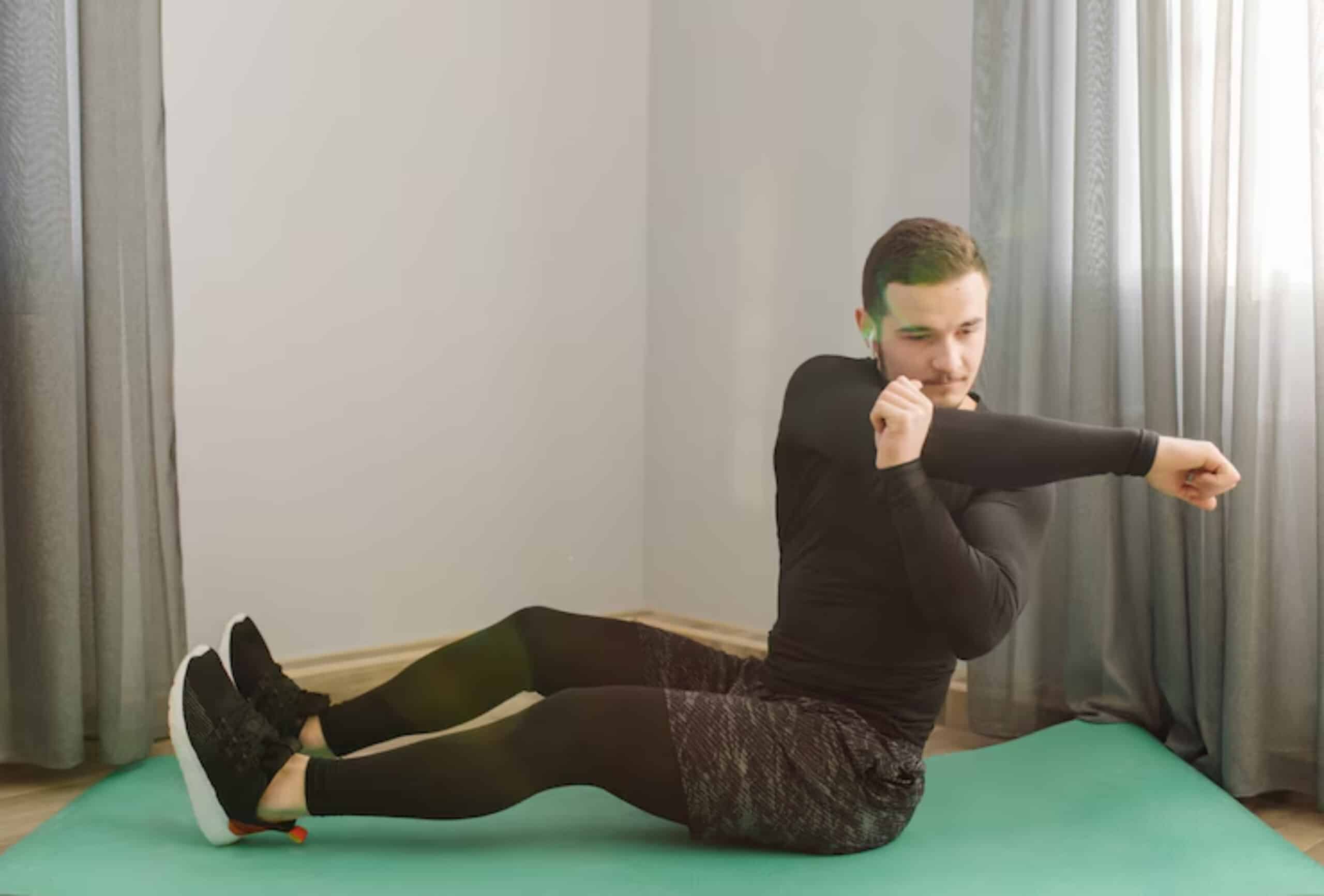
Pranayama for Strength Performance
Think of the last time you hit a physical wall during a workout. Was it muscular fatigue, or was it your breath that gave out first?
Most athletes and lifters focus on reps, weights, and nutrition. But there’s one often-overlooked element that can make or break performance: breath control.
Enter pranayama—the ancient yogic practice of breath regulation. Far from being just a spiritual ritual, pranayama is a science-backed tool for boosting strength, endurance, and recovery. For athletes, it’s a game-changer.
In this comprehensive guide, you’ll learn:
- How breath affects physical power and energy
- The science behind pranayama for strength gains
- Easy breathing techniques you can use before, during, and after workouts
- A weekly breathwork plan tailored for performance
Let’s dive into the power of your own lungs, because strong breath equals a strong body.
What Is Pranayama? A Quick Overview

The Yogic Science of Breath
Pranayama is a Sanskrit word combining:
- “Prana” – life force or energy
- “Ayama” – extension or control
Together, it means “the control of life force through the breath.” But don’t let the mystic vibe throw you off—pranayama is deeply physiological. It teaches you to manipulate your breathing patterns consciously to influence your nervous system, muscles, and mental state.
“Breath is the bridge between body and mind.” – Thích Nhất Hạnh
Why Athletes Should Care About Pranayama
Breath directly impacts:
- Oxygen delivery to muscles
- Core stability
- Recovery rate
- Mental focus under pressure
- VO2 max and endurance
Simply put, your breath can either boost your performance or sabotage it.
The Physiology of Breath in Strength Training
When you hold your breath during a lift (like in a deadlift or squat), you’re using the Valsalva manoeuvre—a natural way to stabilise your core and spine. This works short-term but also spikes intra-abdominal pressure and heart rate.
Using structured breathing, you can:
- Brace more efficiently
- Improve force output
- Avoid dizziness or energy crashes
- Enhance endurance and tolerance to high-effort loads
Top Strength Breathing Exercises for Athletes
Here’s a breakdown of 5 pranayama techniques especially useful for strength performance.
1. Ujjayi (Victorious Breath)
How it works: Slightly constrict your throat while breathing through your nose, creating a soft “ocean” sound.
Benefits:
- Increases focus and body awareness
- Enhances endurance in strength circuits
- Controls breath under tension
Best for: Pre-workout warm-ups or mid-flow control.
2. Kapalabhati (Skull Shining Breath)
How it works: Sharp exhalations through the nose using abdominal contractions; passive inhale.
Benefits:
- Warms up the core and diaphragm
- Boosts circulation and oxygenation
- Activates the sympathetic nervous system (good for high-effort tasks)
Best for: Morning activation or pre-lift stimulation.
3. Sama Vritti (Box Breathing)
How it works: Inhale–Hold–Exhale–Hold in equal ratios (e.g., 4–4–4–4)
Benefits:
- Calms the nervous system
- Balances breath during rest periods
- Builds focus and recovery
Best for: Between sets or post-workout.
4. Bhramari (Humming Bee Breath)
How it works: Inhale deeply, exhale with a low humming sound.
Benefits:
- Reduces blood pressure
- Relieves anxiety and over-arousal
- Enhances recovery during cooldown
Best for: Cooldown phase or evening sessions.
5. Valsalva-Inspired Breathing
How it works: Controlled breath holds during heavy lifts; use with awareness.
Benefits:
- Improves intra-abdominal pressure and bracing
- Boosts lifting performance (especially in powerlifting)
Best for: Compound lifts like squats, deadlifts, and bench press.
Use Valsalva safely: avoid long holds if hypertensive or new to lifting.
Practical Pranayama Routine for Athletes
Here’s a week-long sample schedule to integrate pranayama into your strength training plan:
| Day | Practice | When to Use | Duration |
| Mon | Ujjayi + Kapalabhati | Pre-lift warm-up | 8 mins |
| Tue | Box Breathing | Between sets | 6 mins |
| Wed | Bhramari | Evening recovery | 10 mins |
| Thu | Ujjayi | Mid-circuit control | Ongoing |
| Fri | Valsalva Awareness | During heavy lifts | Per lift |
| Sat | Restorative: Sama Vritti + Bhramari | Post-run/mobility day | 12 mins |
| Sun | Reflection + Breath Scan | Before bed | 10 mins |
Case Study: Dan the Powerlifter
Dan, a competitive powerlifter, plateaued in his squats. He had strength but lacked core control and felt gassed between sets.
After adding a pranayama routine to his warm-ups and cooldowns:
- His breathing rate decreased under pressure
- He reported better focus under the bar
- His squat increased by 10kg over 6 weeks
“I used to think breathwork was fluff. Now, it’s as essential as chalk and protein.”
Pairing Breathwork With Yoga or Strength Flows
Combine your breath with movement for maximum gains.
Try these pairings:
- Box Breathing + Plank Pose: Improves isometric control
- Ujjayi + Warrior Flow: Builds breath capacity under tension
- Kapalabhati + Sun Salutations: Activates full-body power
- Bhramari + Supine Twist: Enhances rest and repair
Also, explore Integrating Breath With Strength-Based Flows for flow-based routines, or How Yoga Enhances the Mind-Muscle Connection to deepen awareness during workouts.
Benefits of Pranayama Backed by Science
Modern research supports what yogis knew centuries ago:
- Increased lung function & VO2 max: Breathing techniques improve endurance capacity (Naveen et al., 2015).
- Lowered stress hormones: Breathwork reduces cortisol, aiding in strength recovery.
- Improved HRV (Heart Rate Variability): A higher HRV = better recovery and stress response (Jerath et al., 2006).
- Enhanced focus and reduced anxiety: Helpful before competition or heavy PR attempts.
Overcoming Common Myths
“I don’t have time for this.” Most breathwork takes 5–10 minutes and can be layered into your workout.
“I don’t do yoga.” No problem. Pranayama can be done standing, seated, or lying down—no Sanskrit required.
“It’s too woo-woo.” Breathing is biological. Mastering it is strategic.
Tracking Your Progress

Track improvements using:
- Workout journal: Note how breathwork affected your lifts
- RPE (Rate of Perceived Exertion): Compare pre/post-pranayama scores
- HRV apps: Many wearables now track recovery quality
- Mood logs: Breath impacts more than muscles
Conclusion: Breath Is Your Hidden Strength Tool
Your muscles are strong, and your mindset is sharp. But until you master your breath, you’ll not be operating at full capacity.
Pranayama isn’t just for meditation—it’s a tactical tool for high performance. In just a few minutes a day, you can train your nervous system, increase your lifting potential, and recover like a pro.
Now it’s your turn:
- Choose one breath technique from this guide.
- Integrate it into your next session.
- Reflect on how it changes your performance, clarity, or recovery.


